Children on the move
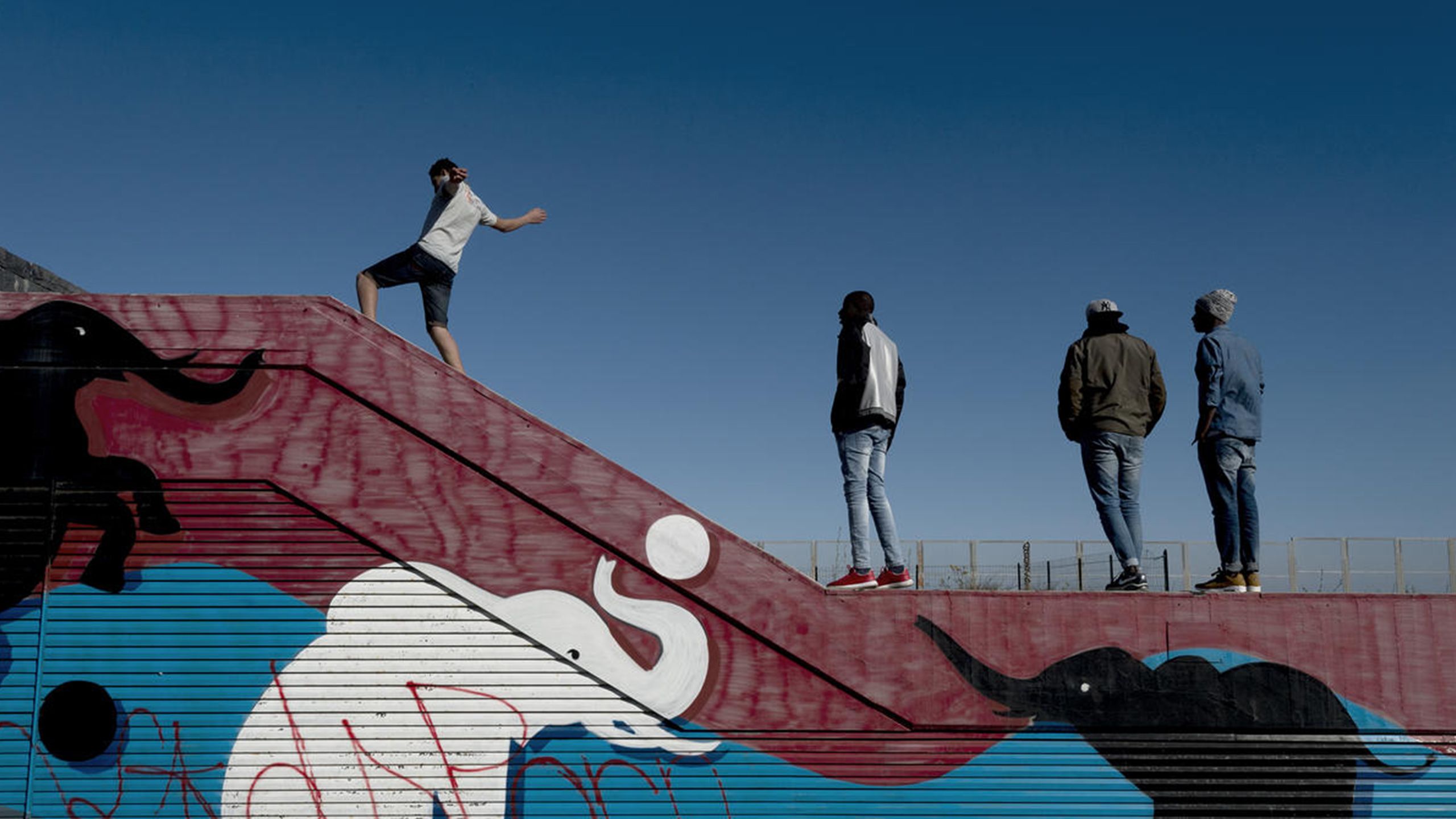
There is a child rights scandal in Europe: every day, at borders across the continent, children are dying, going missing, are subjected to shocking violence, and are excluded from education and society. They are children who have seen their homes destroyed by war, faced hunger or even famine, or are fleeing forced marriage or extreme poverty. These children, with or without their families, make their way to Europe, out of desperation and with hope that they will finally be safe and welcomed in countries that respect their rights.
But since 2019, around one in 50 people migrating on Mediterranean routes have died or gone missing. The number of children losing their lives trying to cross the Mediterranean has risen to 4% of all deaths, up from less than 1% in 2014. Europe's fortified land borders have become sites of violence – often racist abuse – and death. Children are housed in squalid, overcrowded camps or held in prison-like facilities. Complex, hard-to-navigate, often hostile asylum systems leave children without protection, out of school, and their families unable to work and contribute to host societies. All across Europe, we see a striking deterioration of the mental health of children on the move.
Save the Children has persistently raised the alarm about the devastating impact of government and EU policy and practice restricting the ability of children to seek safe asylum.
An important recent achievement in the protection of children on the move has been the adoption of legislation systematically providing permits to stay for children in some member states (Spain, Italy). However, this is still the exception, and in most EU countries the challenges and risks for children remain.
The EU has been working on a reform of its asylum and migration system since 2021 – the EU Migration and Asylum Pact. Save the Children has called loudly and consistently for this opportunity to be seized, to protect the most vulnerable children and build a fairer system. But as we head towards the end of the negotiations, the security-focused deterrent rhetoric of EU member states is winning. Decisions now will affect children for years come and Save the Children will have a crucial role in filling gaps in child protection with programmes across the continent.
Advocacy
...by Save the Children EUROPE
In the first two quarters of 2023, Save the Children held many meetings in Brussels and at national level to influence the reform of the European laws defining migration management and rules to access asylum and protection in the EU, known as the Pact on Migration and Asylum. Our advocacy targeted the politicians deciding on these laws, meaning the Members of the European Parliament and representatives of national EU governments.
Whilst the European Parliament supported many of our recommendations (for example, improved conditions for family reunion, better safeguards for children, prioritisation of children in solidarity measures and no mandatory border procedures), most EU Member States pushed for a series of dissuasive and restrictive measures, potentially endangering children and limiting the right to asylum for many.
On 30 April, Save the Children Europe and the European Parliament Intergroup on Child Rights organised the event Putting Children at the heart of the Pact’s trilogues. A booklet summarising Save the Children’s red lines on the legislative reform, was launched on the day.
The event was chaired by the CEO of Save the Children Spain, and attended by key negotiators, experts and representatives from the European Commission, UN Agencies, and all major NGOs working on migration and child rights.
Save the Children coordinated a group of IGOs and NGOs to collaborate on joint advocacy including targeted letters and statements throughout the year. We also staged a demonstration in front of the Council of the EU headquarters ahead of a Jumbo Trilogue on the Pact. All 35 members of the EP LIBE Committee received a postcard from Omar, a fictional five-year-old boy from Syria, calling for children to be put first in their negotiations.
This year we also published and disseminated the report Safe for Some, highlighting the successful strategies adopted to support refugees from Ukraine, how this contrasts with the poor protection offered to others, and how a positive approach could be extended to all children migrating in Europe.
In July, we published Without papers, there is no life: Legal barriers in access to protection for unaccompanied children in Greece, in partnership with the Greek Refugee Council.
We facilitated many exchanges and meetings throughout the year between national members and the European Commission on issues for children at EU borders, including the highly problematic transfer of vulnerable children from Poland to areas under conflict in Ukraine (this followed a joint statement, co-signed with IRC and CARE).
We participated in the Frontex Consultative Forum, focusing on the rights of children in Greece and the Balkan region, and the Vulnerability Expert Network of the European Agency for Asylum, focusing on child protection.
Media and communications activity supported this work across 2023, particularly in moments of breaking news, such as the shipwrecks in the Mediterranean and Atlantic, and deaths of children at EU land borders.
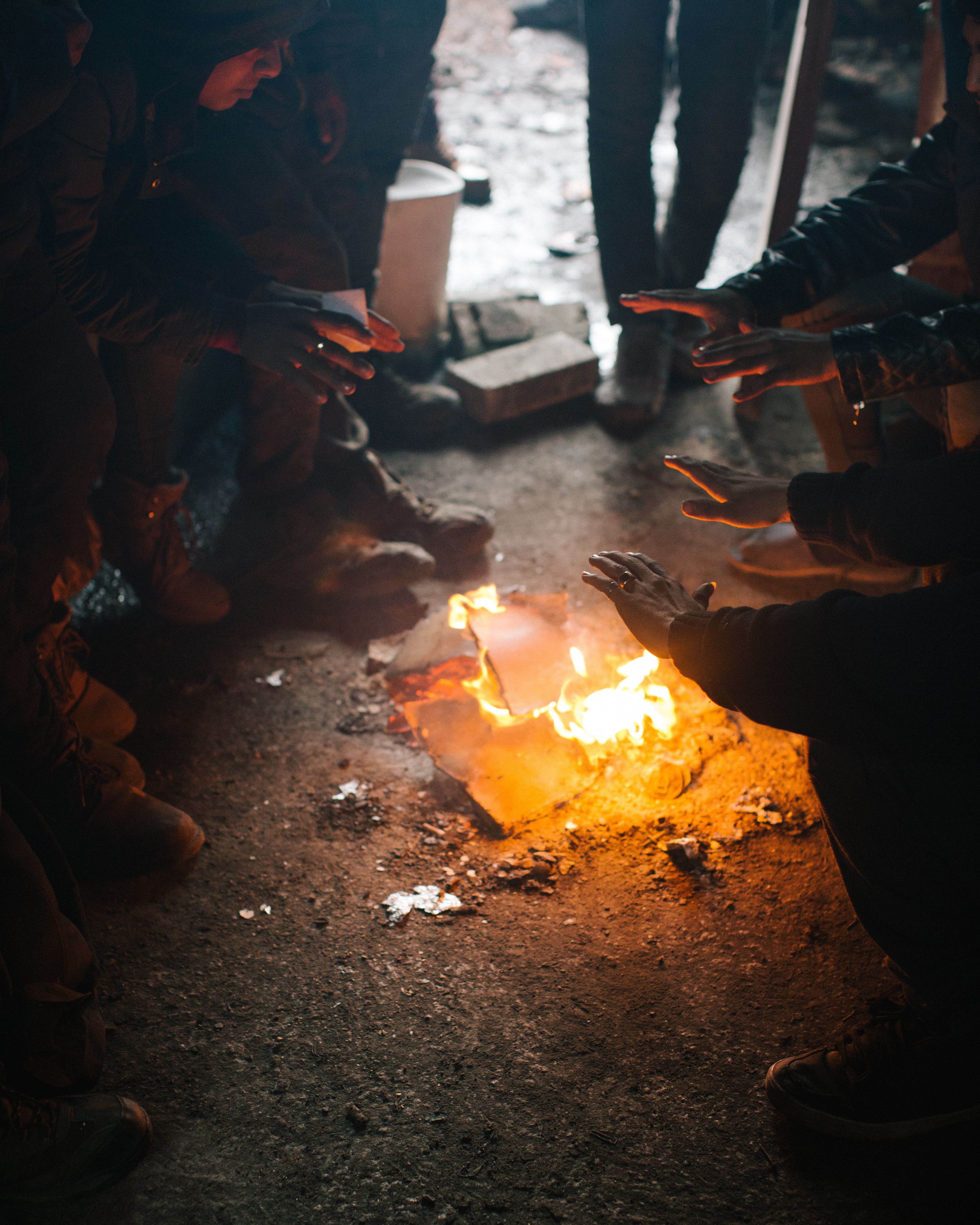
...and country by country
DENMARK
In October–December, Save the Children Denmark commissioned a study on how young people with refugee backgrounds are affected by temporary status. This will include first-hand accounts from young people about how temporary residence permits affect their everyday life and wellbeing, and of the immigration authorities' case processing of inclusion and extension cases.
The study will also include a legal analysis of the decisions of the Refugee Appeals Board and the procedures of the immigration authorities in the light of international conventions from a rights perspective. The project report will be launched at a conference in Spring 2024.
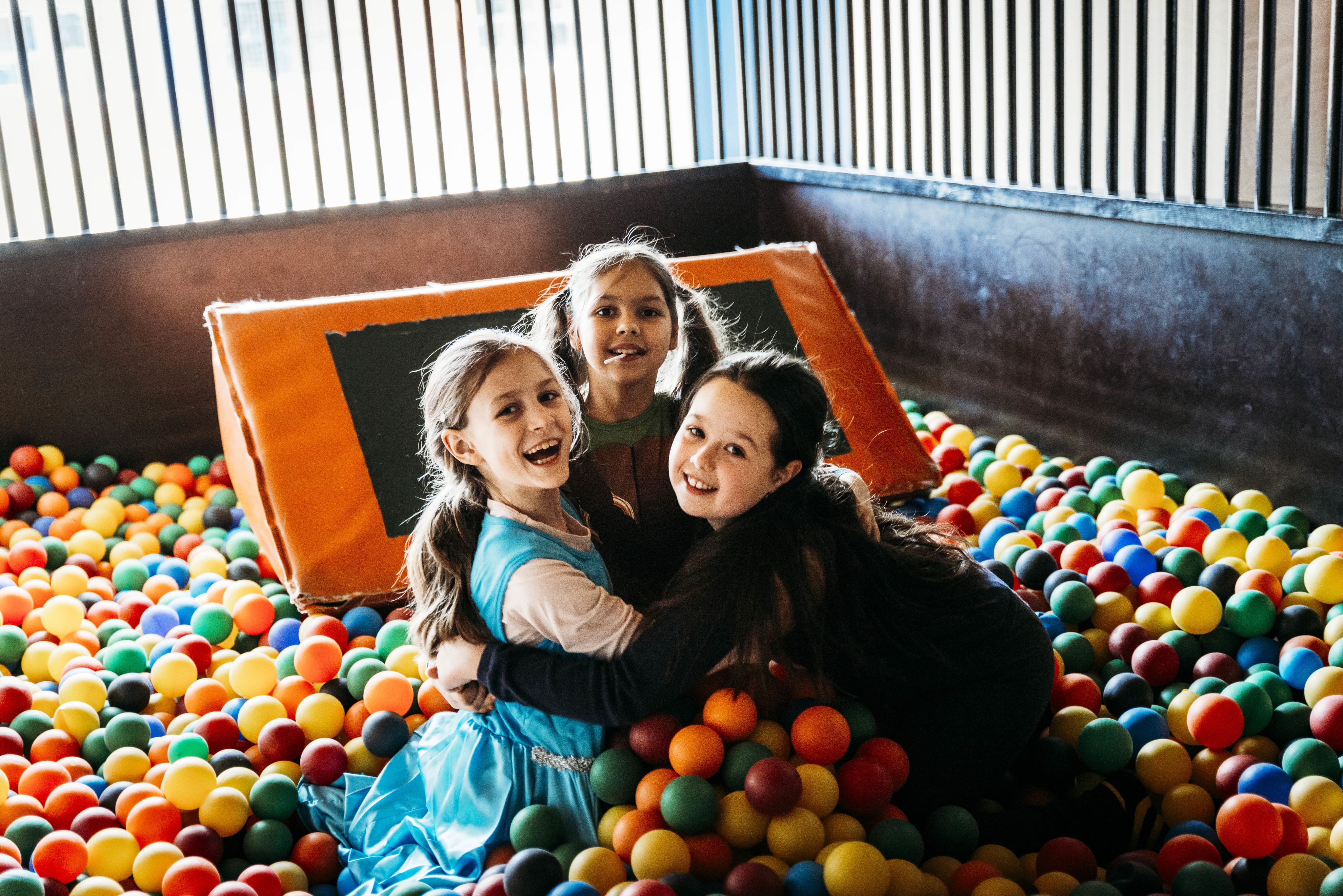
Photo: Save the Children Denmark
Photo: Save the Children Denmark
FINLAND
In June, in cooperation with UNICEF and the Ombudsman for Children, Save the Children Finland published a participatory reserach survey called Told by young children on what children in reception centres feel a good life is.
GERMANY
A Children’s rights paper signed by 50 organisations was adopted by the Justice and Home Affairs Council in June. This means that the Federal Government has adopted some of Save the Children’s Germany’s calls, including the exemption of children from the so-called border procedure. The paper gained good media coverage.
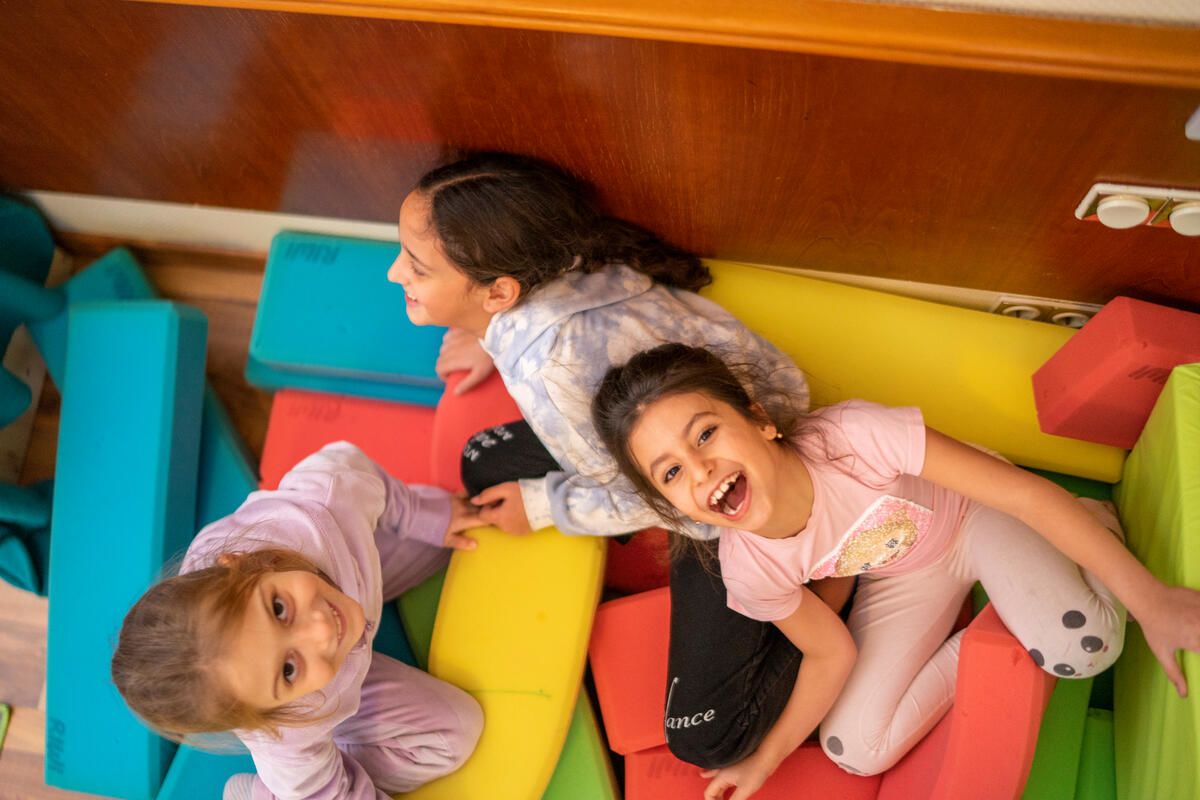
Photo: Mauro Bedoni / Save the Children
Photo: Mauro Bedoni / Save the Children
ITALY
Advocacy efforts in Italy focused this year on collaboration with authorities, publication of reports and networking. Save the Children Italy’s work at borders is with the understanding of the Ministry of Interior. Our report, Hidden in plain sight. Southern border, was released in February, and we convened an event in June involving MPs, Ministry of Interior and civil society organisations.
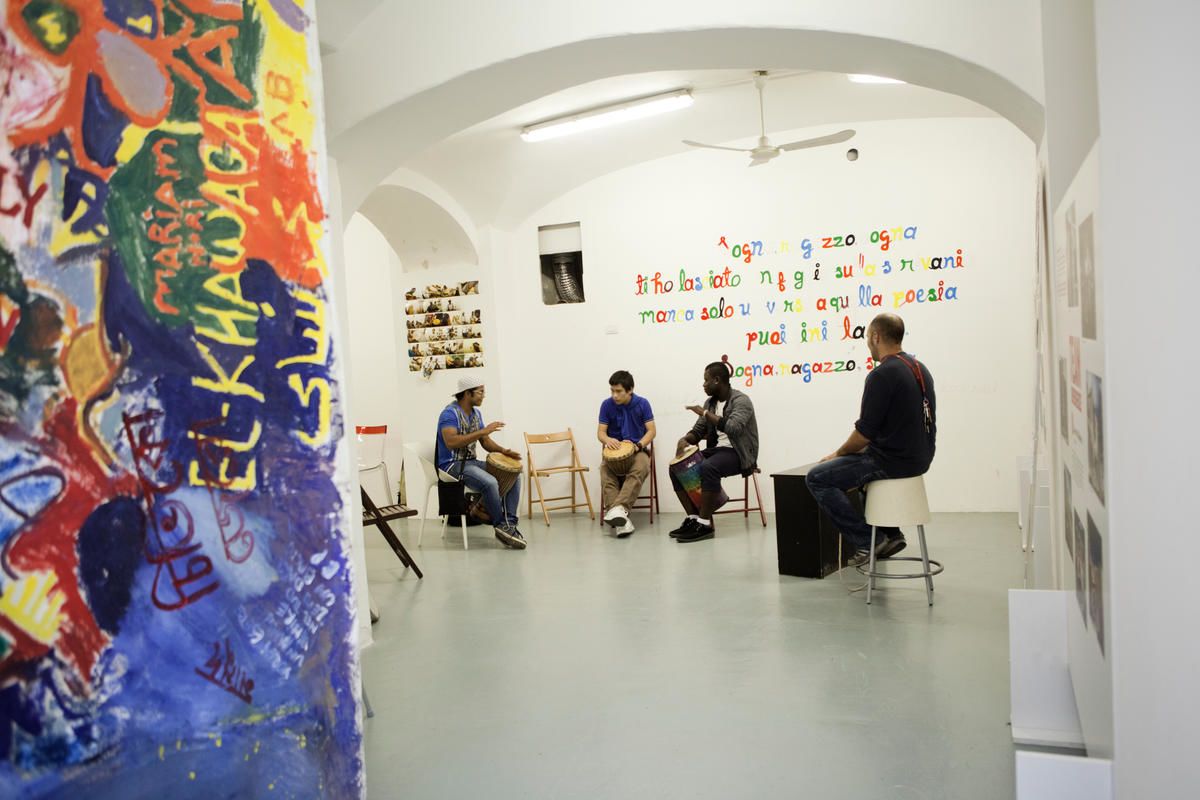
Photo: Save the Children Italy
Photo: Save the Children Italy
LITHUANIA
Save the Children Lithuania has met regularly government ministries and other NGOs this year to discuss issues for refugees from Ukraine, and has also been a partner organisation in the UNHCR Regional Response Plan for Ukraine Crisis. These have been important opportunities for advocate for children’s rights, such as raising questions on the future of unaccompanied and separated children in institutions in Lithuania and advocating for foster care provision. Our CEO of SC spoke on national television on World Refugee Day in June about the importance of supporting all refugee children, no matter where they come from.
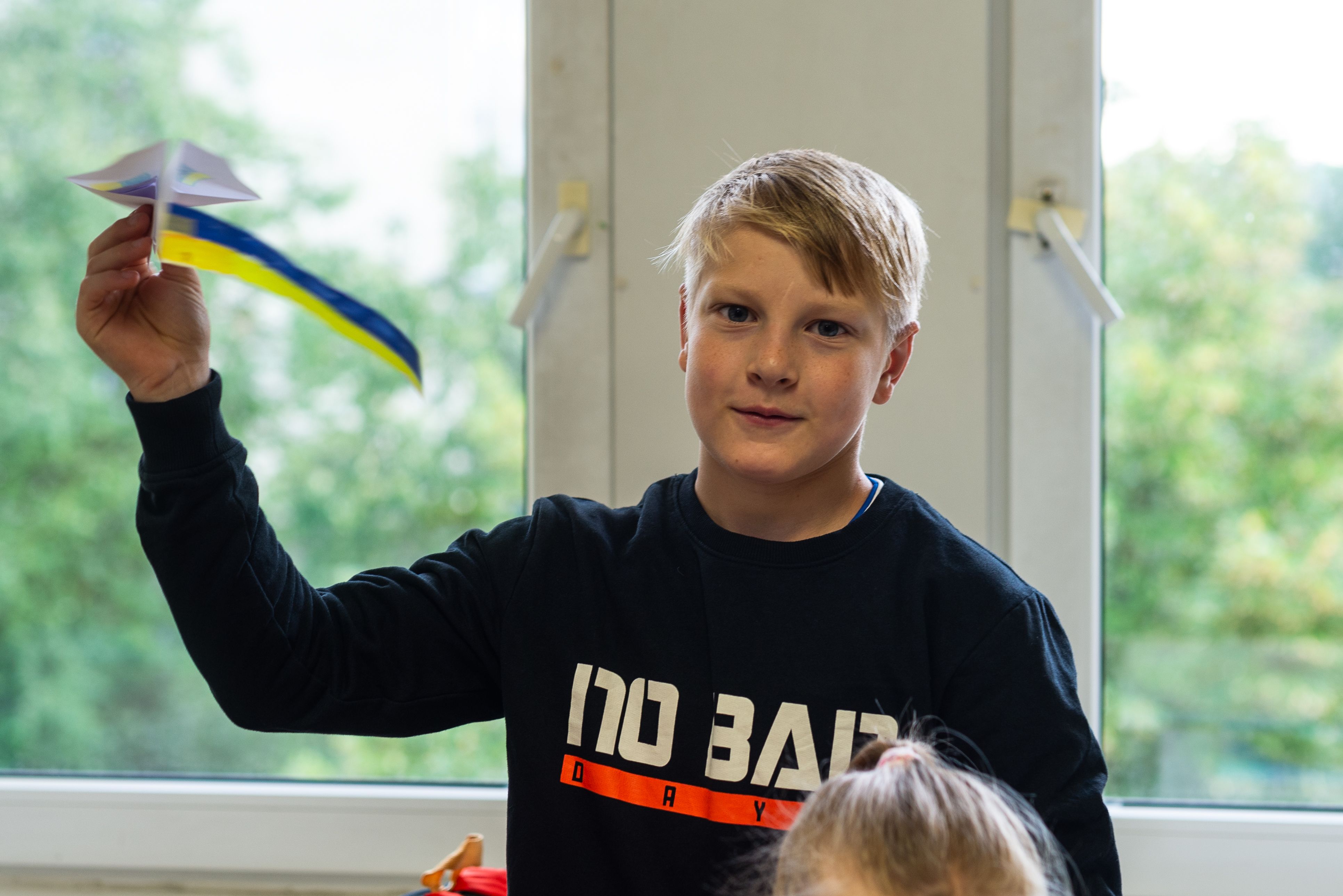
Photo: Save the Children Lithuania
Photo: Save the Children Lithuania
NORTH-WEST BALKANS
This year, the Balkans Migration and Displacement Hub published research on the under-researched topic of vicarious trauma among practitioners working with refugee and migrant children. The report Connected by Empathy: The Silent Struggle of Field Practitioners Working with migrant and Displaced Children provides recommendations to support humanitarian practitioners' mental health and well-being.
The Hub also joined the global Save the Children initiative on the Global Refugee Compact 2023 and consulted with refugee and migrating children to contribute to the Compacts’ child briefing (created by the Initiative for Child Rights).
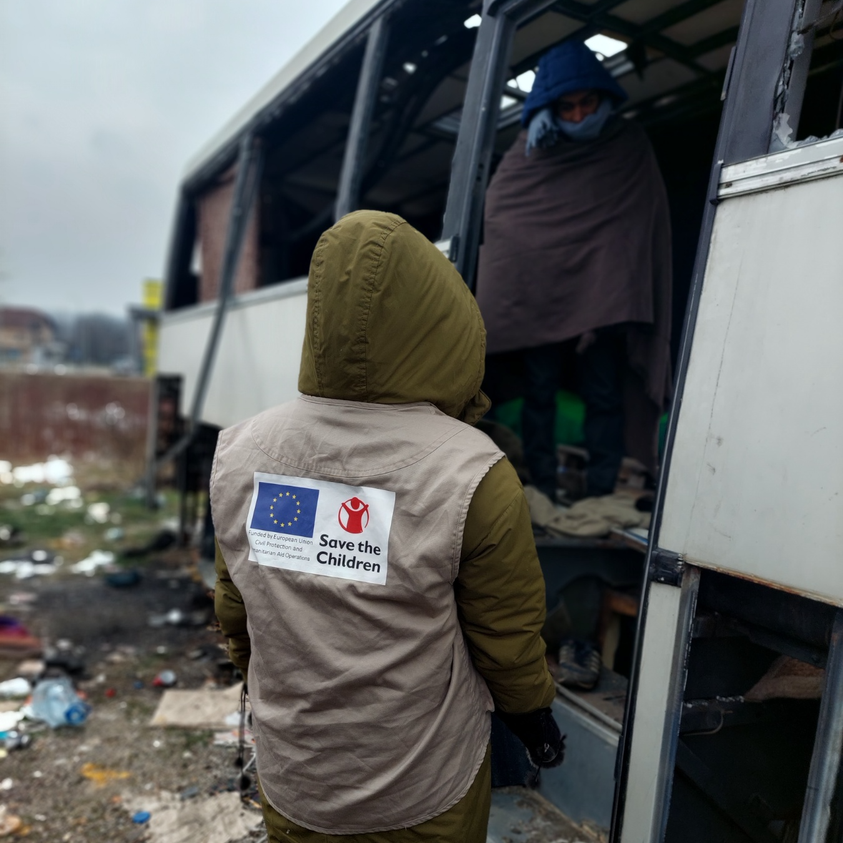
Photo: Save the Children North-West Balkans
Photo: Save the Children North-West Balkans
POLAND
Save the Children Poland works with children evacuated to Poland from institutional care in Ukraine, advocating publicly and behind closed doors to improve their quality of care and push for their transition to family-based care (for example family reunification, foster care).
In May, we called for a halt in what we saw as unsafe and unfair returns of children, advocating strongly for stronger procedural safeguards and safe family reunification wherever possible.
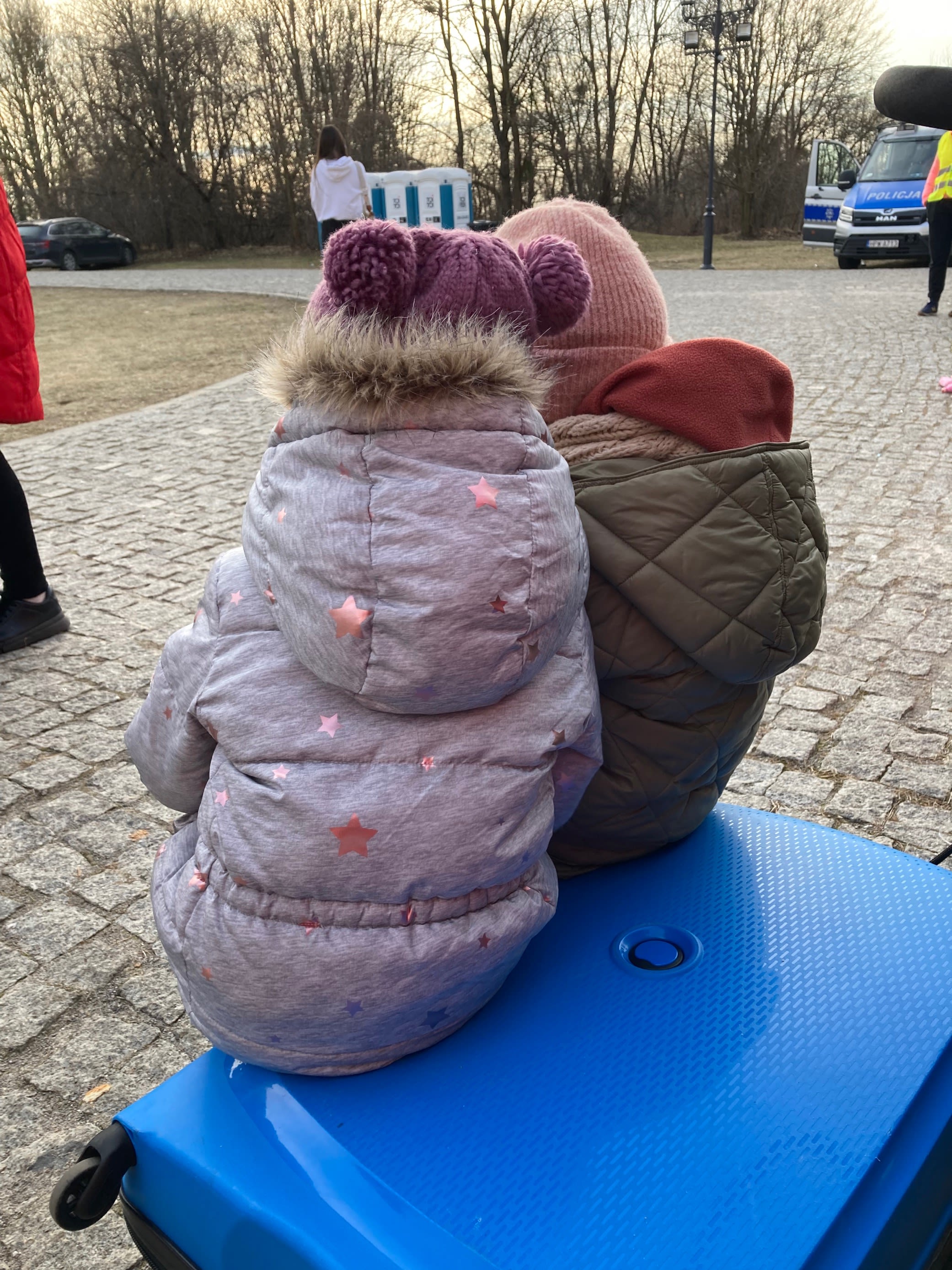
Photo: Save the Children Poland
Photo: Save the Children Poland
ROMANIA
In May, national research on children whose parents are working abroad was launched at Romanian Parliament. The launch conference, organised with the Ministry of Foreign Affairs, was widely attended by Romanian MPs and MEPs, representatives of national and local authorities, diplomatic missions and the media.
After highlighting the extent of the phenomenon, its effects on children and the discrepancy between the figures in the study and official statistics, we called on the Ministry of Education and the National Authority for the Protection of Children's Rights and Adoption to harmonise the statistical data collected by schools and local services.
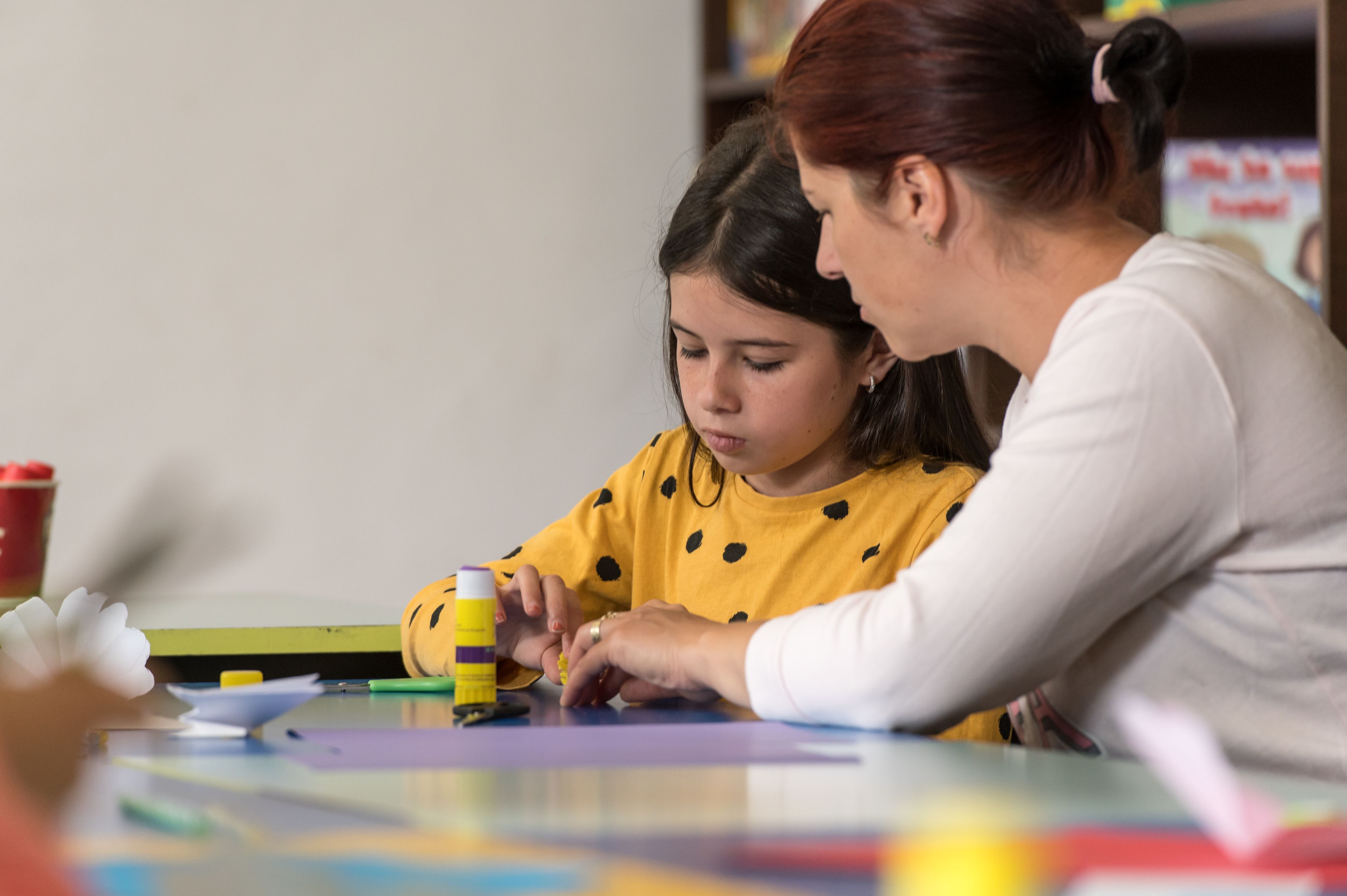
Photo: Save the Children Romania
Photo: Save the Children Romania
SPAIN
Save the Children Spain’s advocacy for new laws on age assessment and against human trafficking this year were thwarted by the interruption of the government. We also advocated for regional authorities to adopt contingency planning for child protection systems.
During the year we pushed the EU Spanish Presidency to include safeguards for children within the European Pact of migration and asylum. We’ve also been active in making recommendations for the improvement of protection for children migrating to the Canary Islands.
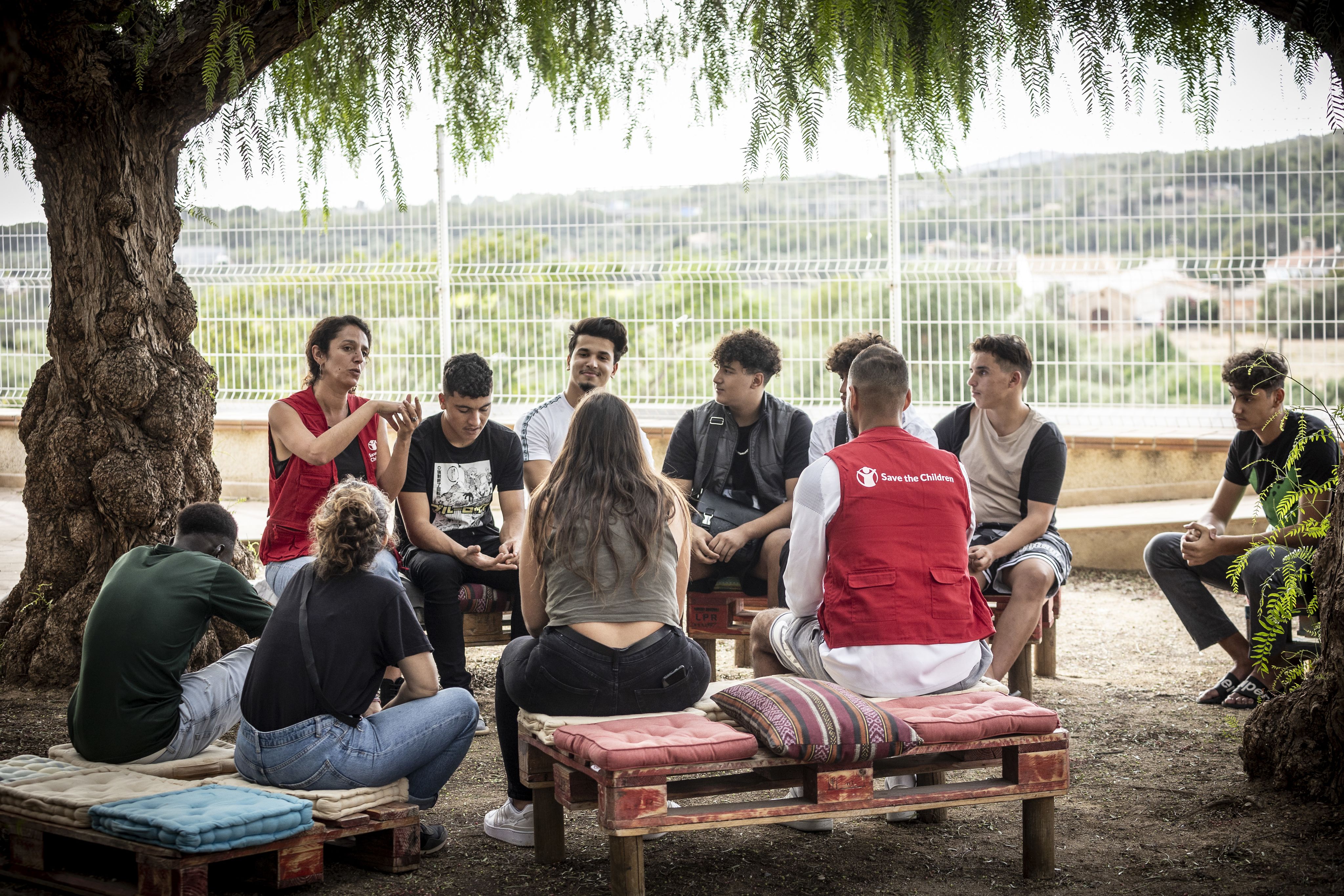
Photo: Save the Children Spain
Photo: Save the Children Spain
SWEDEN
As in many parts of Europe, advocating for the rights of migrating children in Sweden is a tough job. A long-time focus area for Save the Children Sweden is the very low daily allowance for asylum seekers that hasn’t been increased since the 1990s. This year though, we’ve seen a shift in reactions within parties that have previously closed the door on our calls, so our work will be ongoing until we get a positive response.
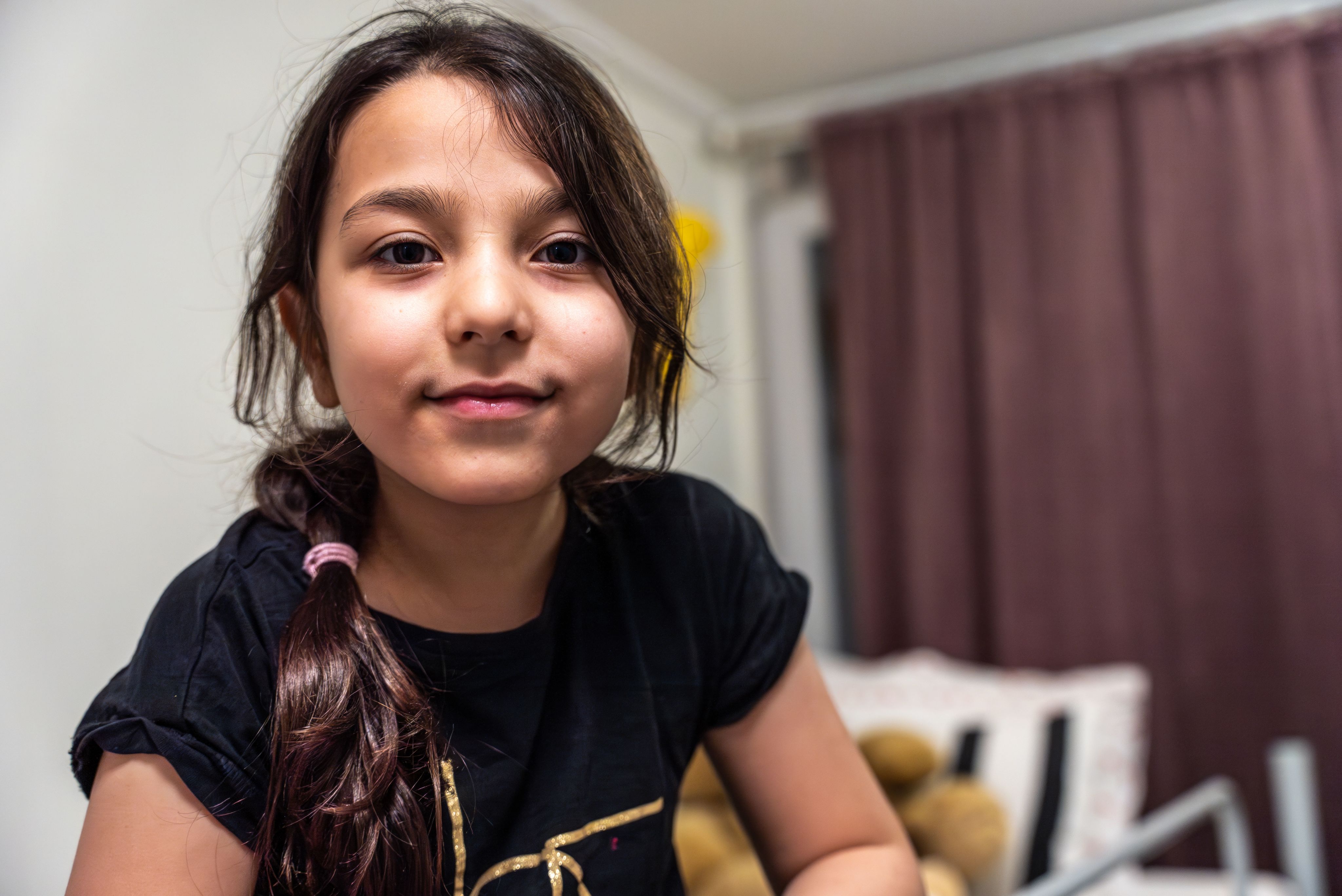
Photo: Save the Children Sweden
Photo: Save the Children Sweden
THE NETHERLANDS
Together with partners, Save the Children Netherlands launched a children’s rights monitor: it shows progress made on the latest recommendations in 10 different themes (including participation) given to national government by the UN Children’s Rights committee.
We also advocated for child and youth participation being incorporated into the process for making local laws, and that children and youth organisations should be involved in drafting government guidance on how they're consulted. A motion was passed in Parliament to consult children and young people during the drafting of the guidance.
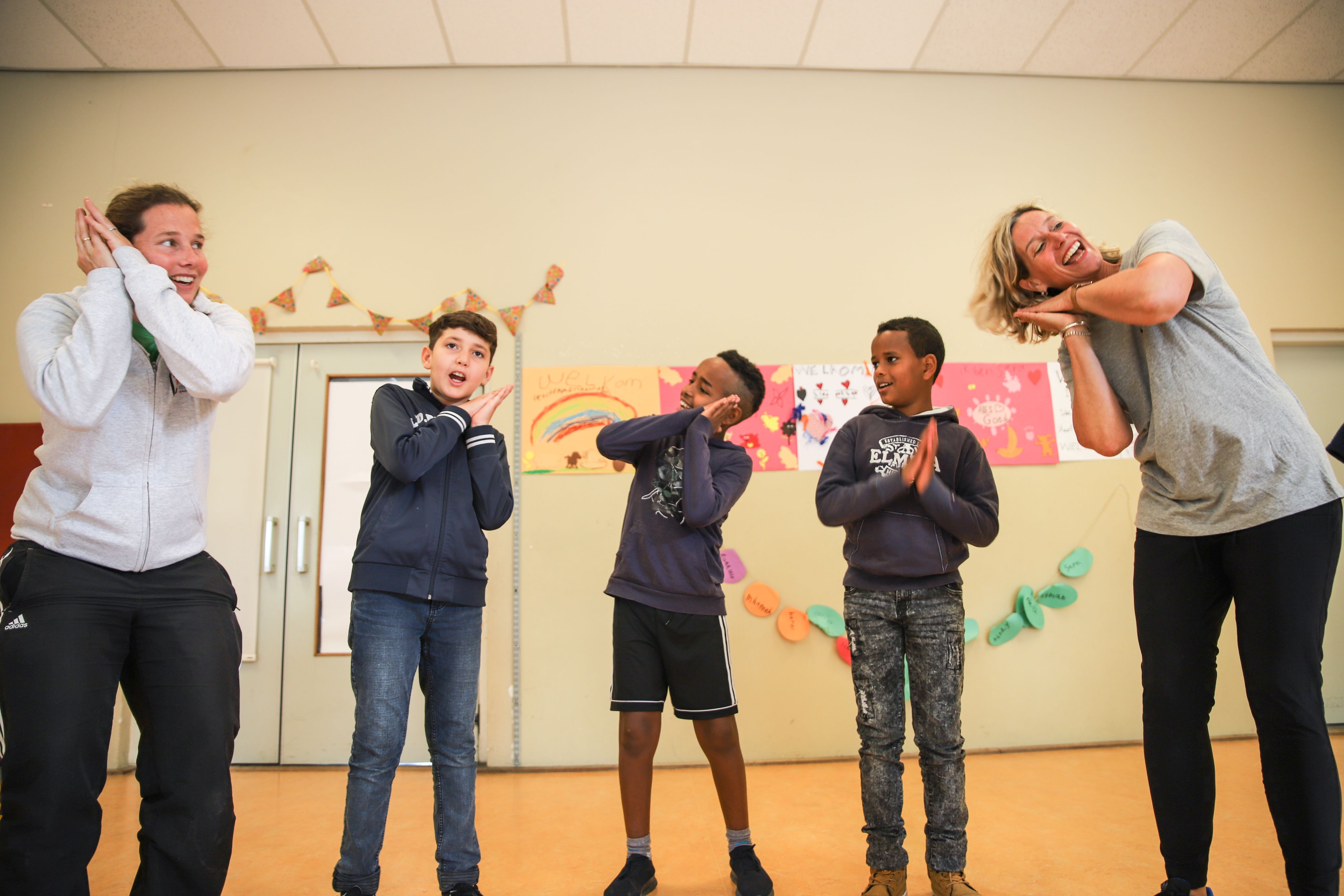
Photo: Save the Children Netherlands
Photo: Save the Children Netherlands
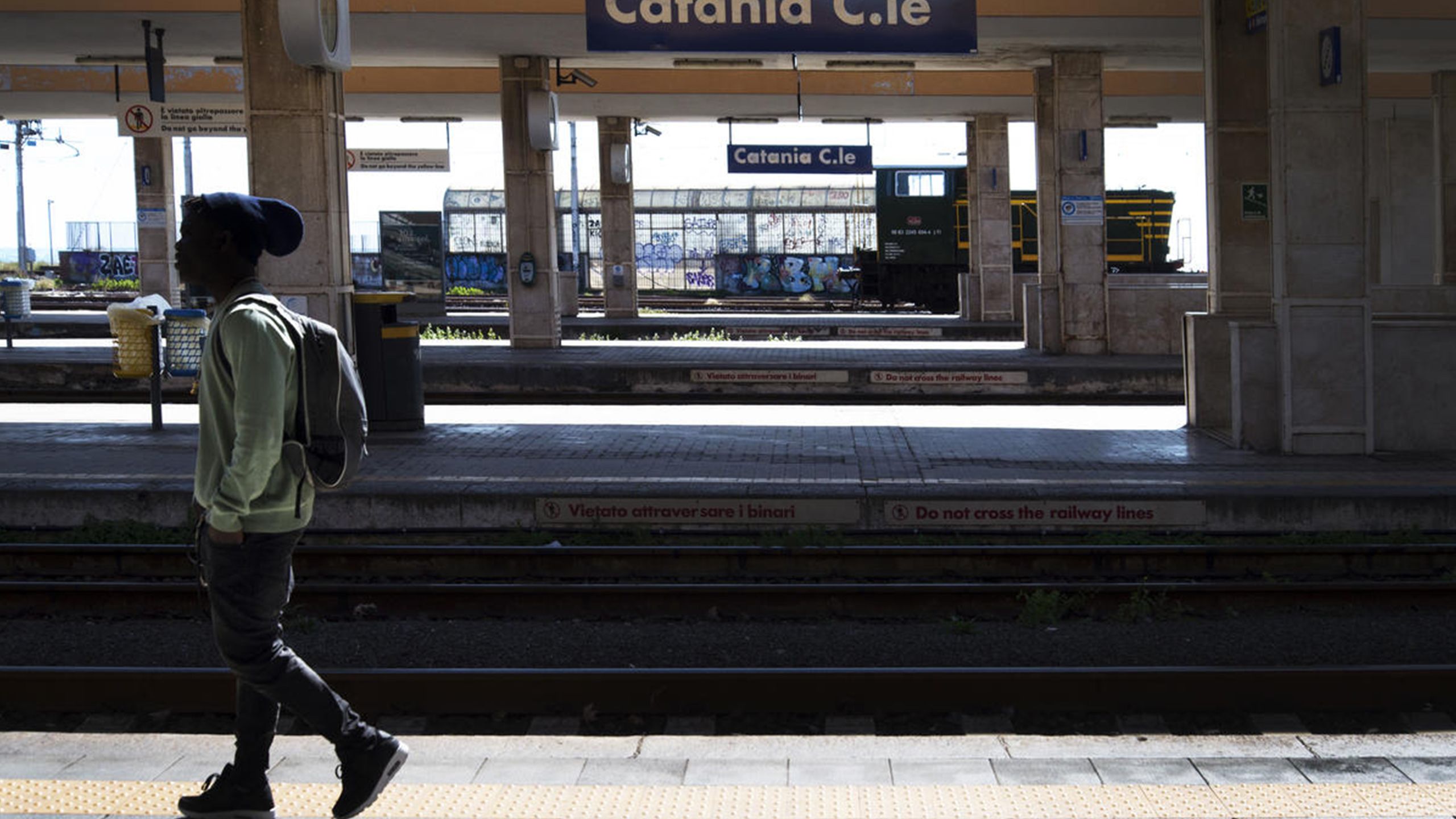
ProgramminG
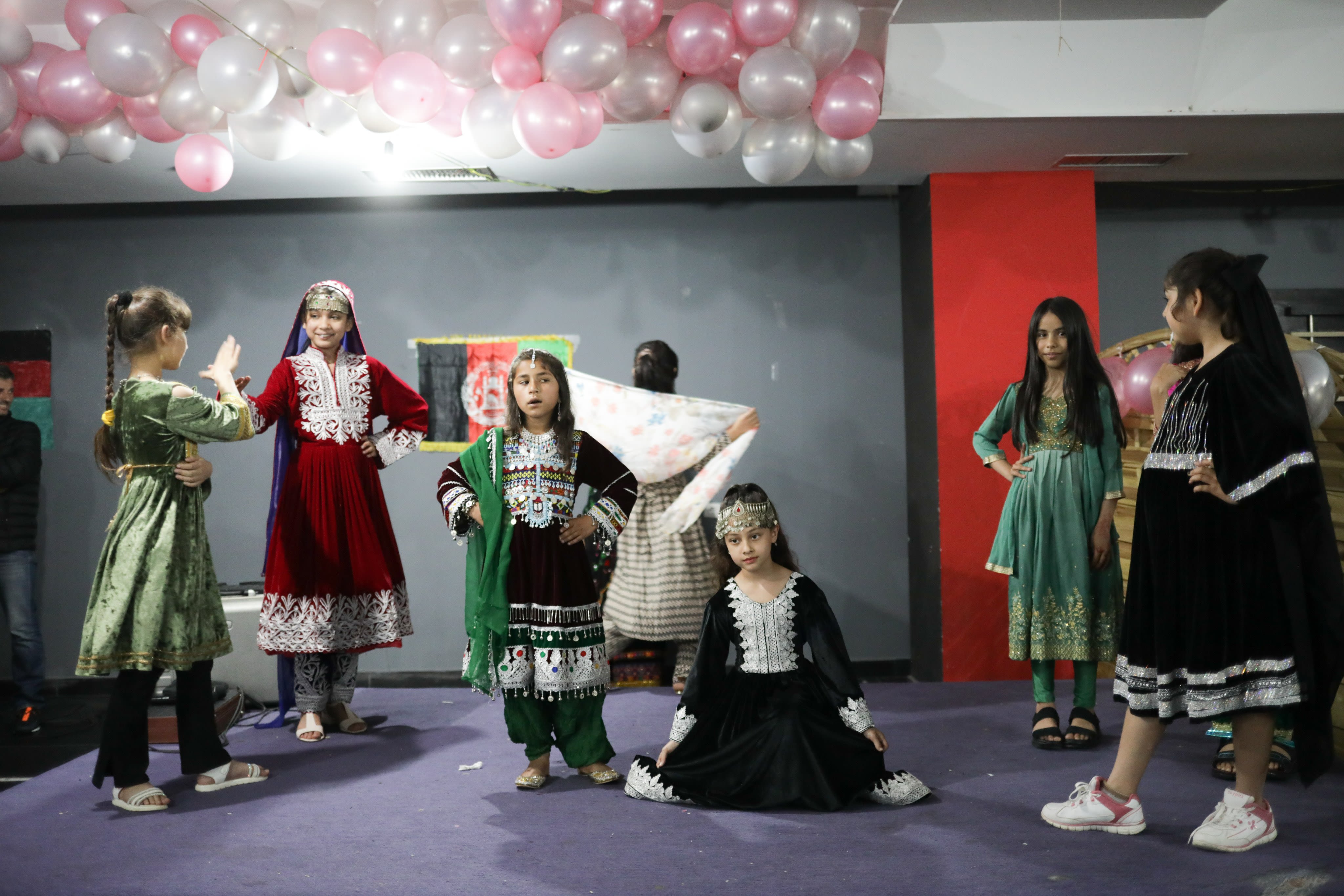
Photo: Save the Children Albania
Photo: Save the Children Albania
Albania
The project ‘Support for Afghan refugees’ has provided help with immediate needs, access to safe space activities and mental health and psychosocial services to children and Afghan families arriving in Albania since 2021.

Photo: Save the Children Denmark
Photo: Save the Children Denmark
Denmark
‘Children on the move’ creates welcoming communities for children who have fled war zones and other dangers, most recently the Ukraine conflict. It offers activities for families such as cooking and outings facilitated by volunteers.
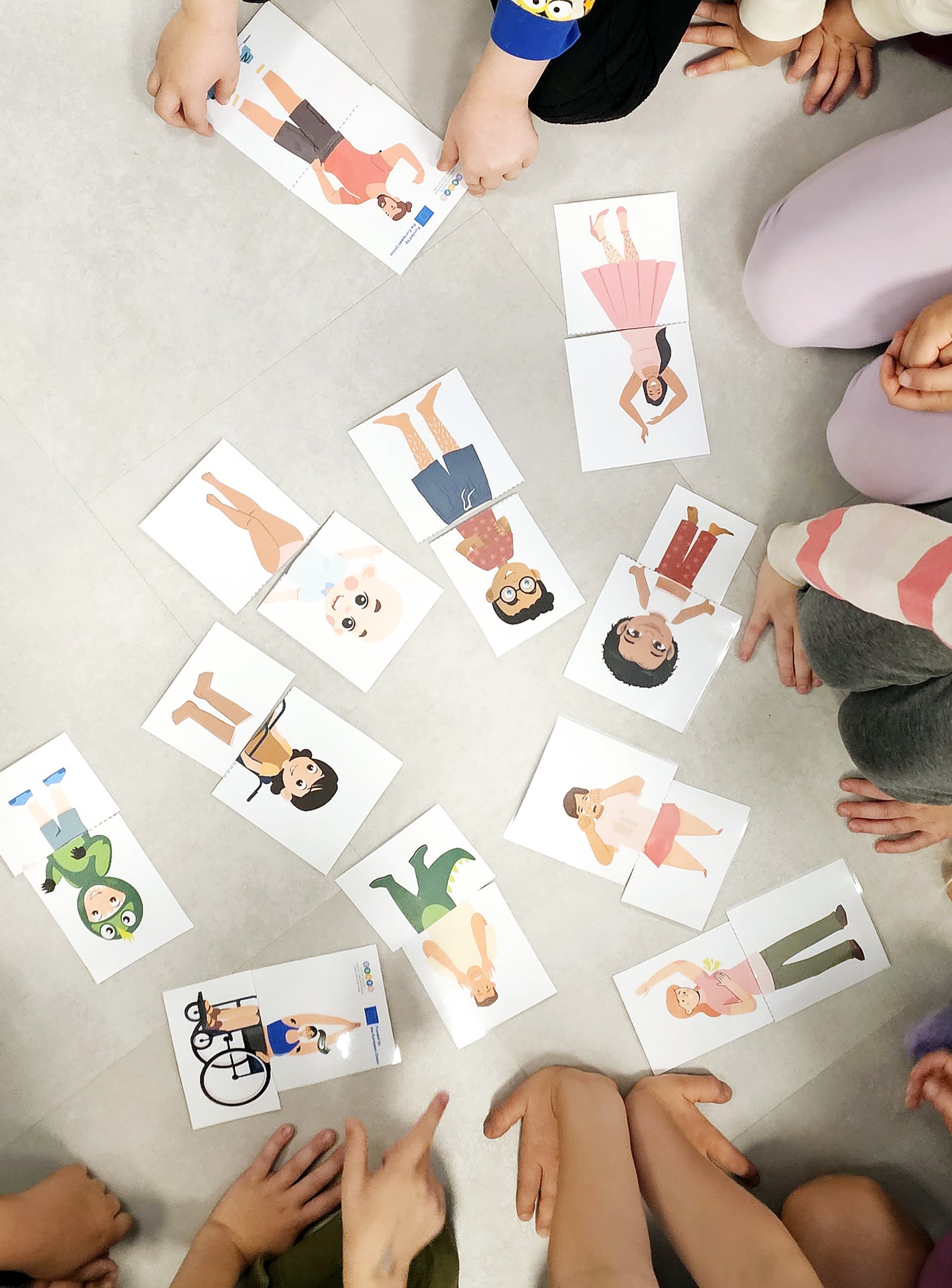
Photo: Save the Children Finland
Photo: Save the Children Finland
Finland
'USRA – positive parenting’ provides access to support groups and events dedicated for migrating families and their small children.
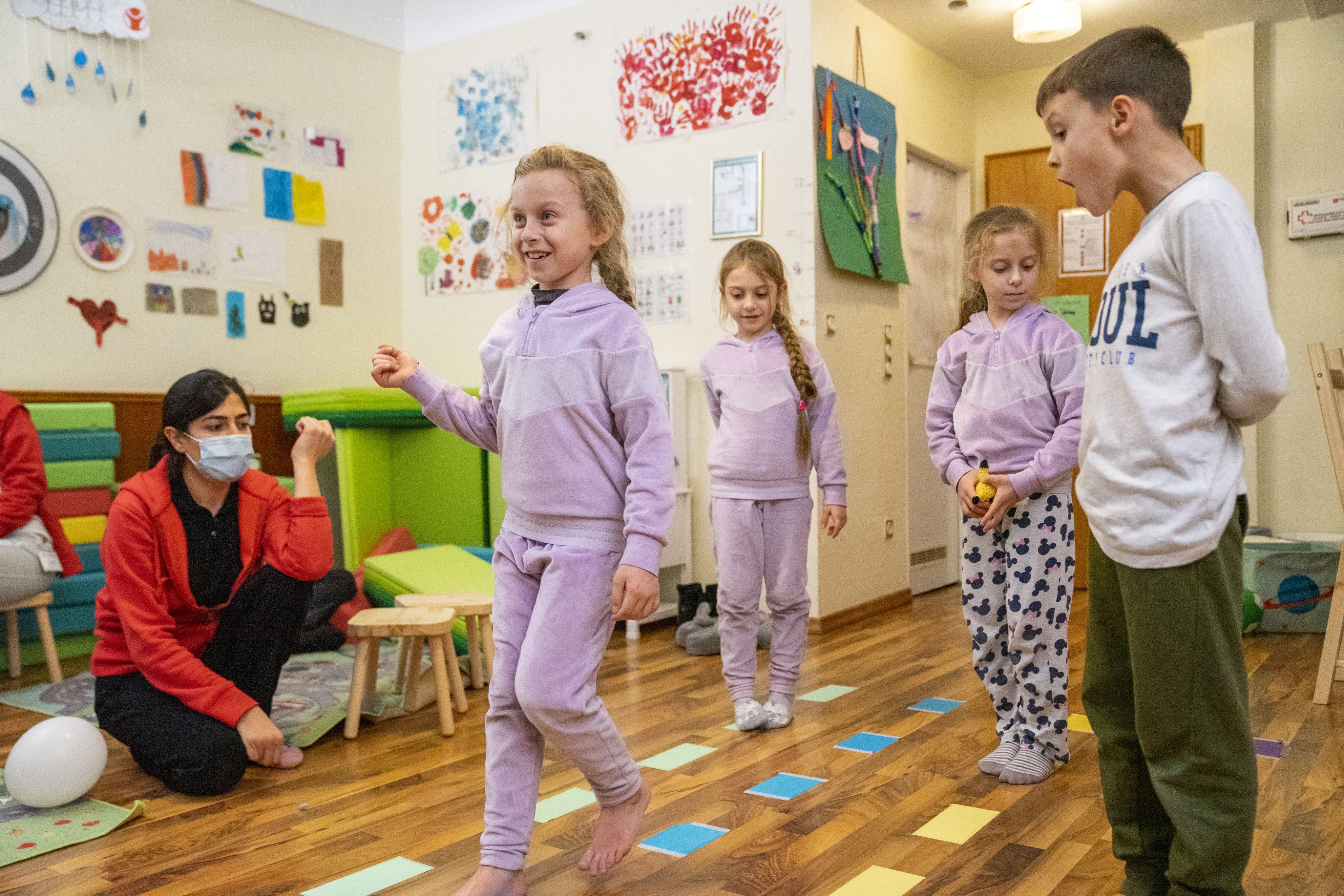
Photo: Mauro Bedoni / Save the Children
Photo: Mauro Bedoni / Save the Children
Germany
Projects for refugee children include longer term projects, such as ‘Digital Children’s Rights Check - improving child rights in refugee reception and accommodation centres´ and ‘We. Create. Future’, as well as an Ukraine Emergency Response programme including four projects: a ‘Child friendly spaces’ project, ‘Psychosocial support trainings for professionals and volunteers’, ‘Advice and support for emergency refugee accommodation centres’ and a ‘Mental Health and Psychosocial Support Programme (MHPSS)’.
‘We.Create.Future’ aims to empower adolescents to deal with the challenges that they face and to strengthen their resilience and hope for the future.
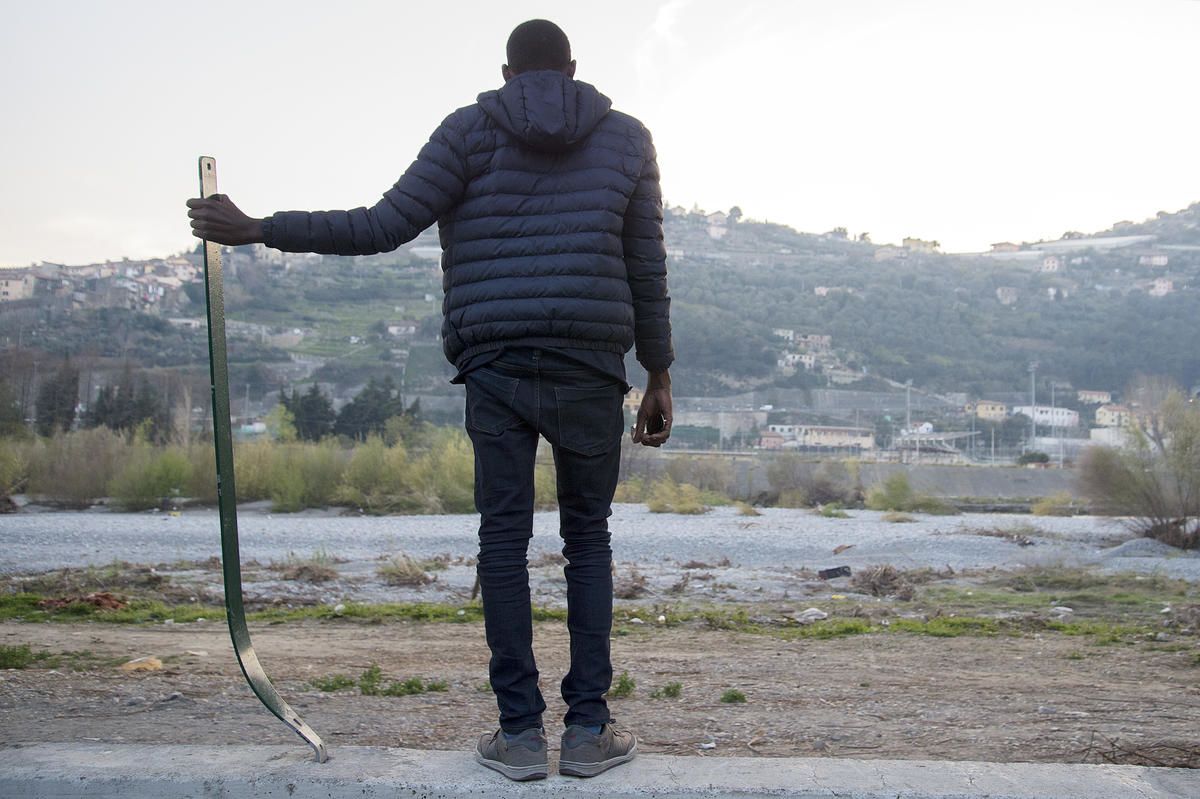
Photo: Save the Children Italy
Photo: Save the Children Italy
Italy
Projects for children on the move include: ‘Civico Zero’ centres, ‘Supporting migrant children at the border’ and ‘Ukraine response’.
‘Supporting migrant children at the border’ guarantees immediate aid and support to unaccompanied children and families in the main arrival and transit areas of the country. It provides information, guidance and child-friendly legal information, cultural mediation, support with correct identification and access to protection measures.
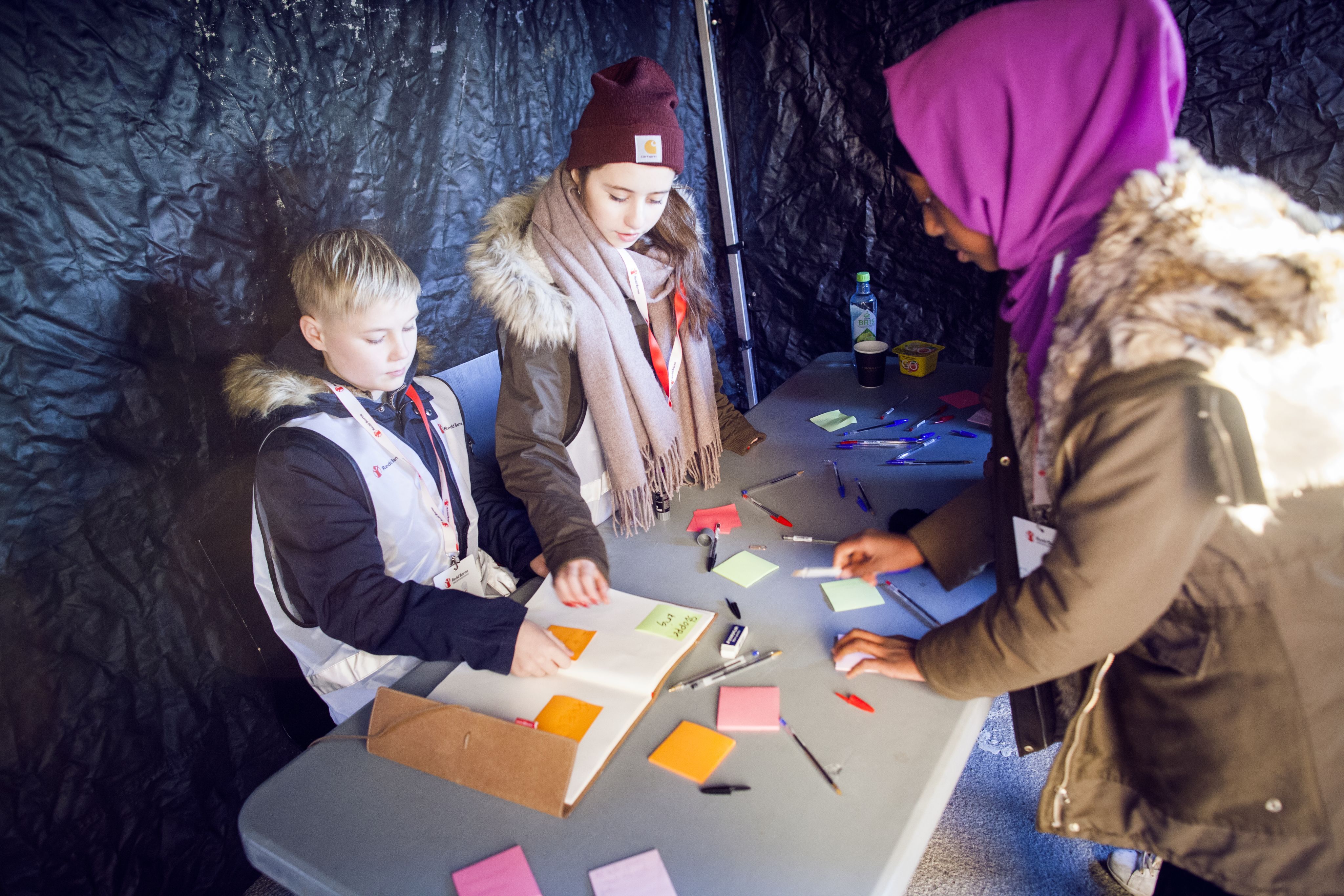
Photo: Frida Marie Grande / Redd Barna
Photo: Frida Marie Grande / Redd Barna
Norway
‘Refugee Response – a national effort for children fleeing to Norway’ is a three-year project offering leisure activities for children who live in asylum centres or who have a permit and have been settled in the country. In 2023, we reached 2,300 children, thanks to funding from various foundations and the Norwegian immigration authorities.
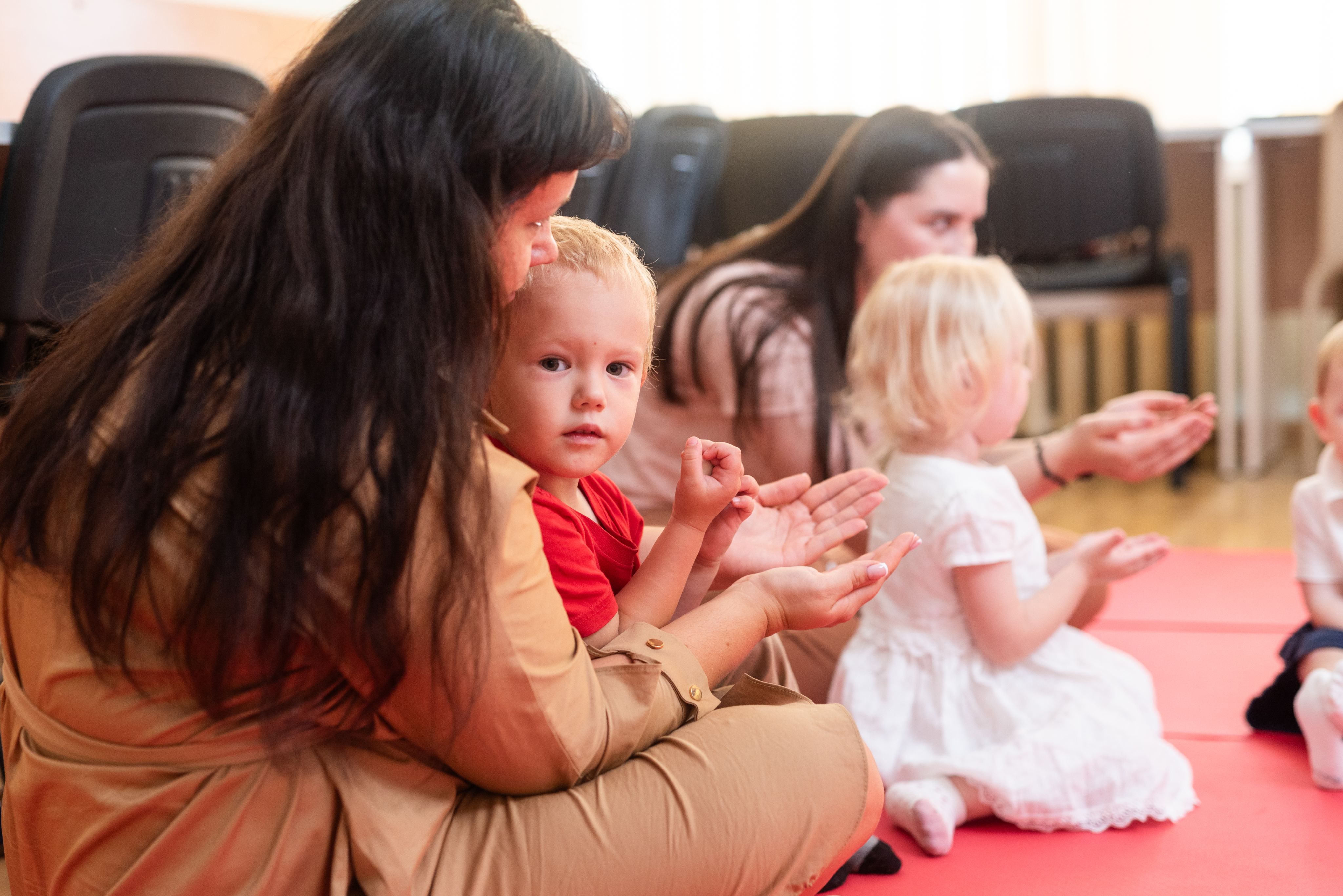
Photo: Save the Children Lithuania
Photo: Save the Children Lithuania
Lithuania
Projects for children on the move include: ‘Building Brains’, ‘Refugee children crossing the Lithuanian-Belorussian border’ and ‘Institutionalised children from Ukraine’.
‘Building Brains early education programme for Ukrainian refugees’ offers early education group sessions for caregivers with young children, guiding them in responsive parenting.
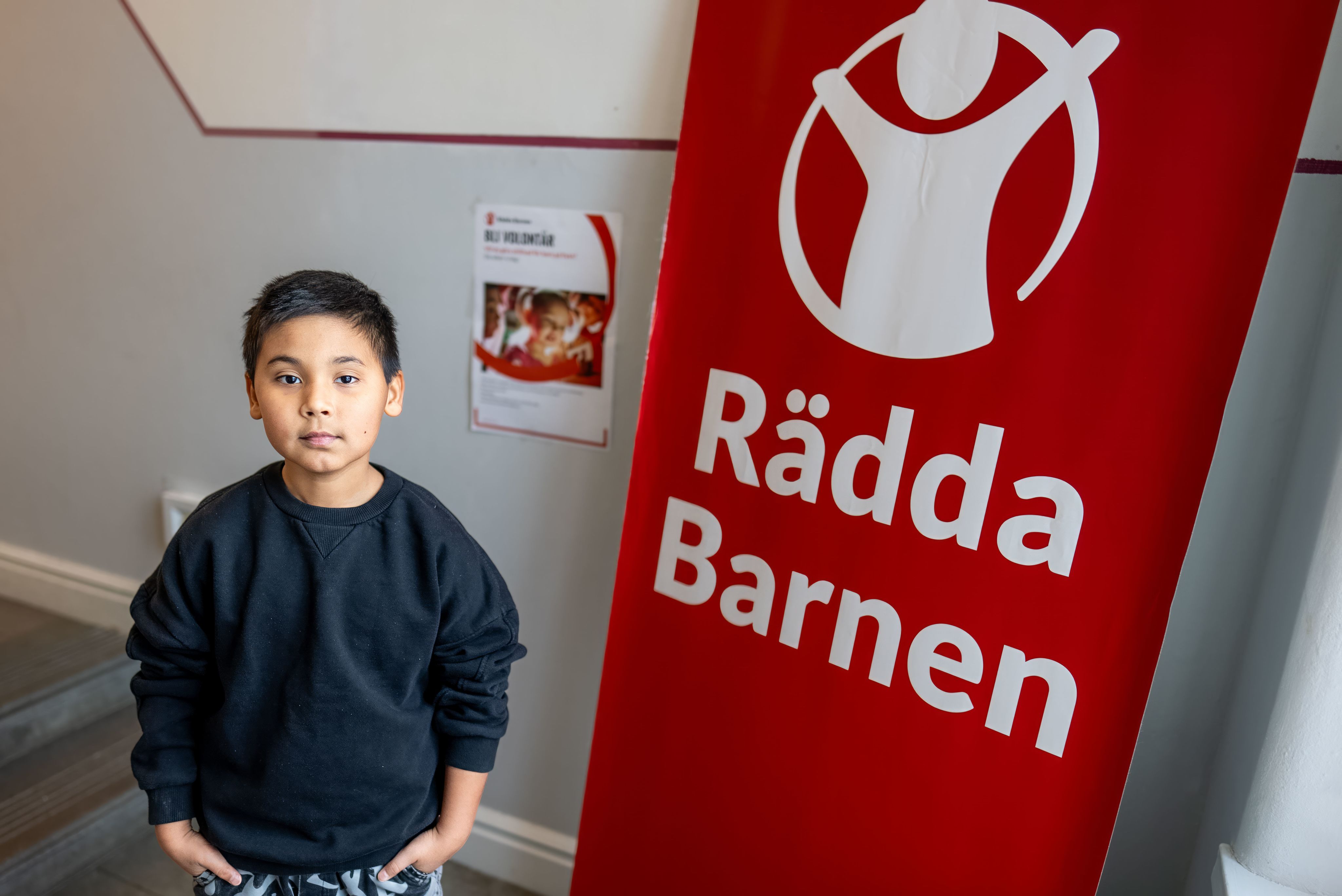
Photo: Save the Children Sweden
Photo: Save the Children Sweden
Sweden
'Children in Focus’ supports children and families who have been refugees. Through close cooperation with municipalities, it helps a more sustainable integration for families and children around the country. Its three focus areas are meaningful free time for children and families, parental support and collaborative knowledge-raising efforts.
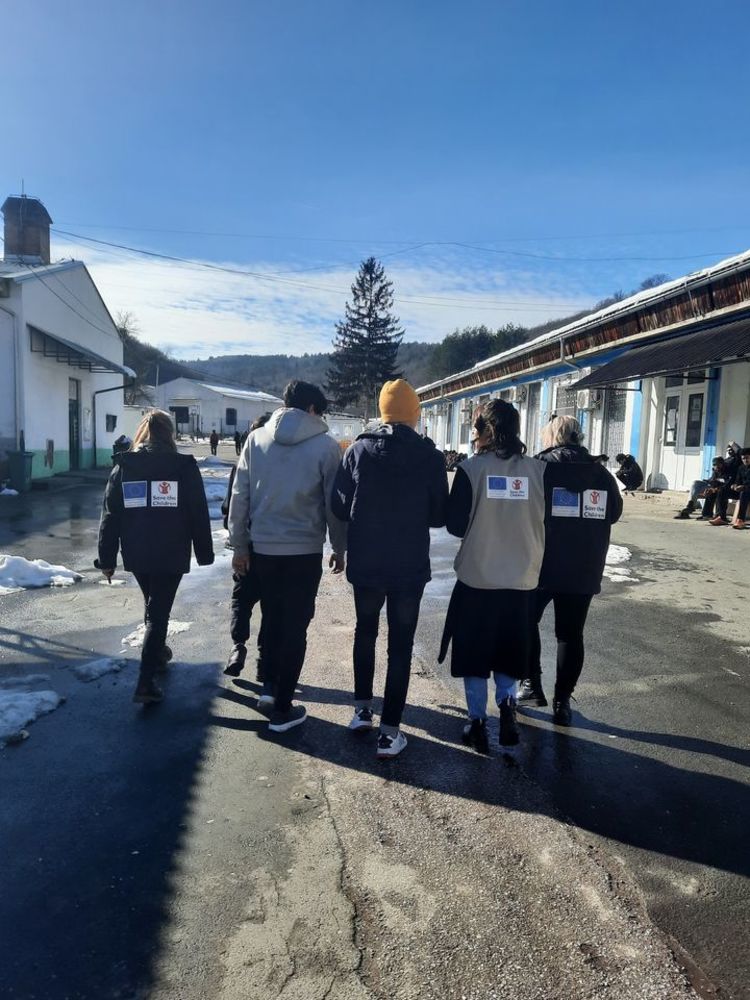
Photo: Save the Children North-West Balkans
Photo: Save the Children North-West Balkans
North-West Balkans
Projects for children on the move include: ‘Violence against children on the Balkans migration route – solutions through advocacy and research’, ‘Better together – creative programmes for inclusion of children of refugee and displaced families from Ukraine’, ‘Education in Emergencies for children on the Move in Bosnia and Herzegovina’, ‘Support for children on the move through the Balkans’, ‘Protection of children on the move in Bosnia and Herzegovina’ and ‘The Balkans Migration and Displacement Hub’.
'The Balkans Migration Displacement Hub' aims to ensure that children on the move are protected and that their voices are heard promoting knowledge and expertise on response operations involving children on the move, conducting robust advocacy for children, providing insight into the Balkans migration trends, and conducting research to inform programming and advocacy for the most vulnerable children. It operates on three pillars – knowledge management, advocacy and partnership development, and provides capacity strengthening for response programs.
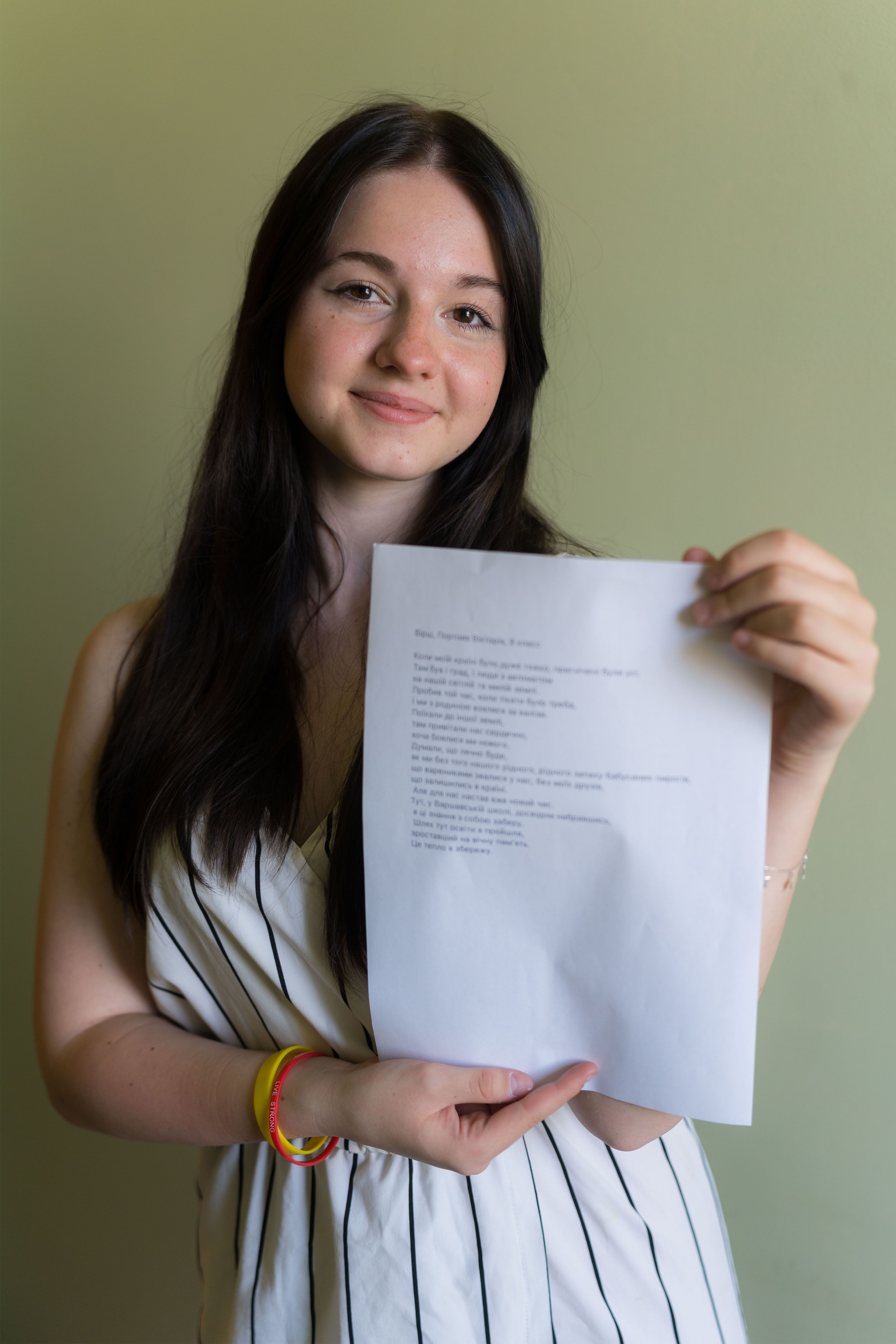
Photo: Save the Children Poland
Photo: Save the Children Poland
Poland
All Save the Children Poland projects are dedicated to children on the move, while touching other secondary thematic areas, as well.
‘Integrated child-friendly spaces for children and families on the move’ offers children and families living in collective shelters safe identification and referral services, parenting support, safe play spaces and mental health and psychosocial support.
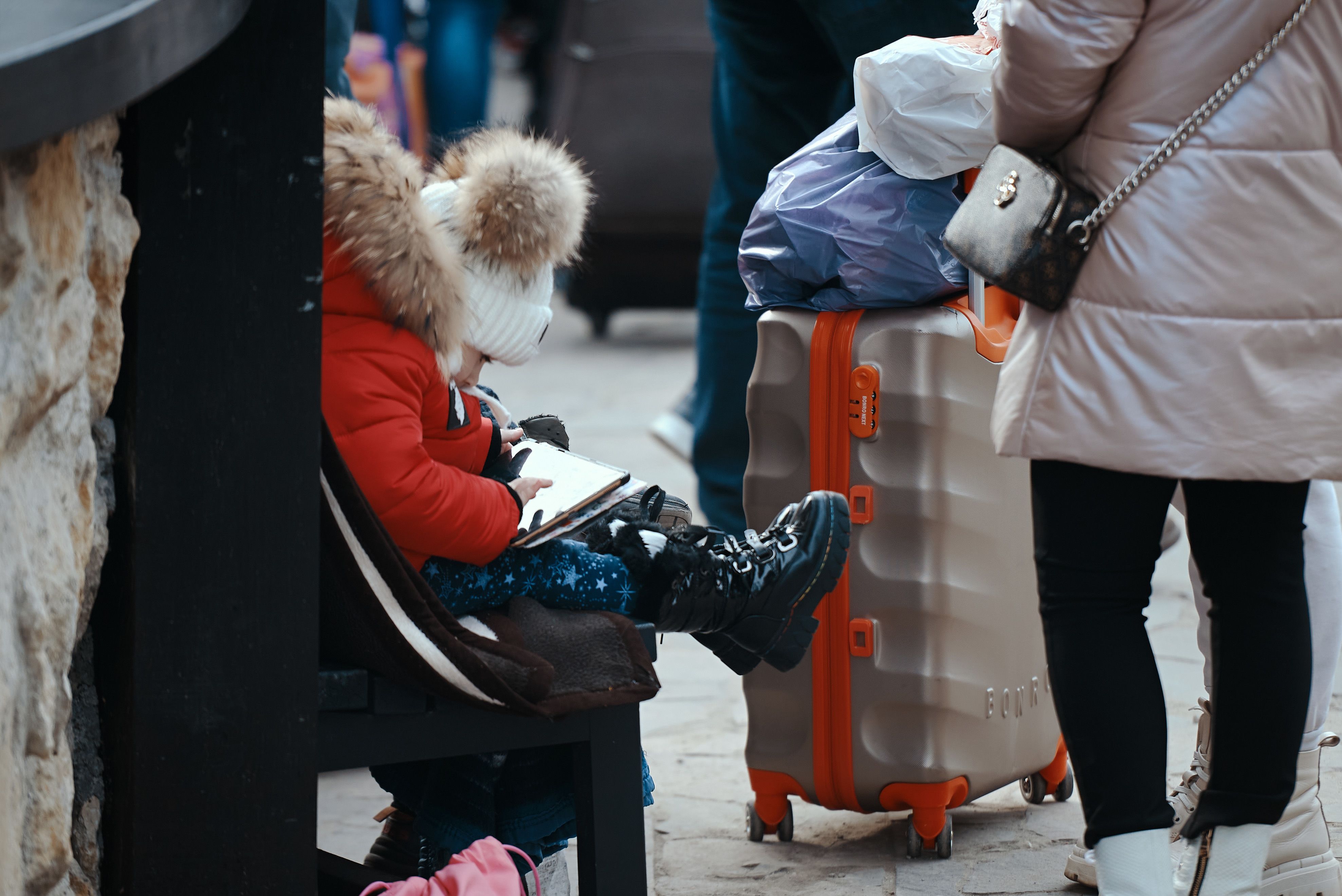
Photo: Camelia Iordache / Salvati Copiii Romania
Photo: Camelia Iordache / Salvati Copiii Romania
Romania
Projects for children on the move include: ‘Response Programme for refugees from Ukraine’.
‘Ongoing response to support refugee children in Asylum Centres’ provides material support to cover basic needs, social counselling and information and educational services in five accommodation centres.
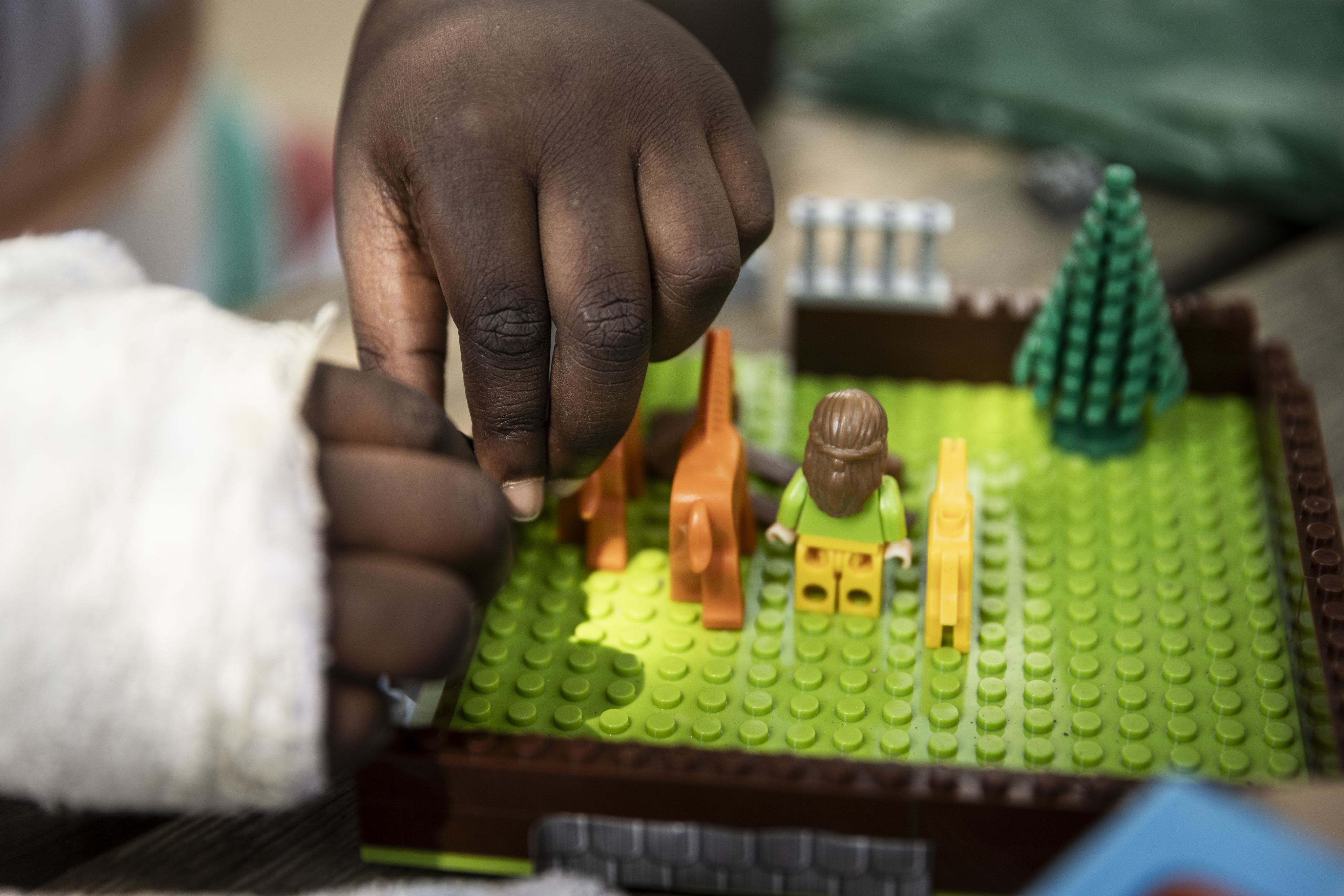
Photo: Save the Children Spain
Photo: Save the Children Spain
Spain
Projects for children on the move include: ‘Combat discrimination and violations of rights suffered by children due to their immigration status (CDVR)’ and ‘The HEART methodology’
'Combat discrimination and violations of rights suffered by children due to their immigration status (CDVR)' aims to identify children on the move, avoiding rights violations. It trains protection system workers to identify those under 18 in a respectful way, helping children on throughout their documentation process and reinforcing systemic protection mechanisms.
